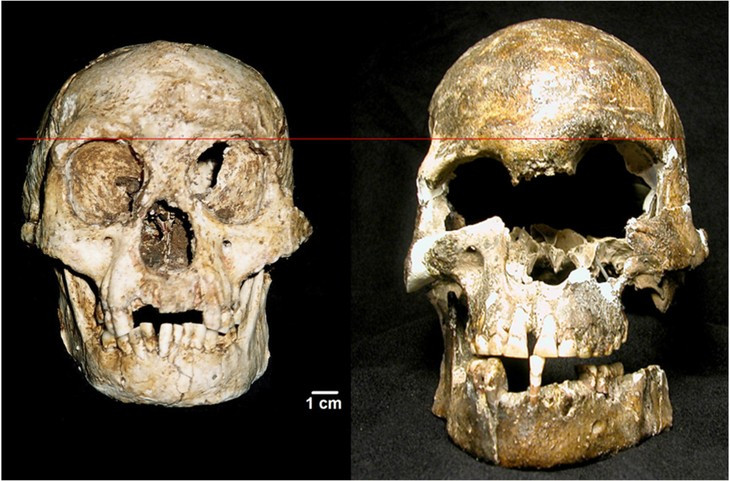Hobbits Are Not Real: Analysis of 'New Human Species' Homo Floresiensis 'Consistent with Down's Syndrome'

The "new species" of human discovered in Flores in Indonesia were not hobbits, as scientists first said, but represent early cases of Down's syndrome.
Researchers at Penn State have analysed fragmentary skeletal remains found during an excavation in 2004 to find that their features are "most consistent with a diagnosis of Down's syndrome".
At the time, experts said the find represented "the most important find in human evolution for 100 years", dubbing the 'species' Homo floresiensis. Researchers noted the species had a cranium no larger than a chimpanzee, yet was found with stone tools.
They concluded the skeleton was a new human species that had evolved from an earlier population of Homo erectus and had evolved in isolation over 840,000 years.
Now, researchers have said the find does not represent a new species, but a developmentally abnormal human, after looking at a single specimen known as LB1 – the only one to have both skull and thigh bones.
Initial measurements found that LB1 had a brain less than a third of the size of a modern human and short thigh bones, standing at about 3.5ft tall.
Published in the Proceedings of the National Academy of Sciences, the authors say the original cranial volume and height are underestimates. Researcher Robert B. Eckhardt said: "The difference is significant, and the revised figure falls in the range predicted for a modern human with Down syndrome from the same geographic region.

"When we first saw these bones, several of us immediately spotted a developmental disturbance. But we did not assign a specific diagnosis because the bones were so fragmentary. Over the years, several lines of evidence have converged on Down syndrome."
People with Down's syndrome have diagnostically short thighbones, Eckhardt said. The original height of 3.5ft was based on a formula derived from African pygmy population.
After analysing the bones, the team found LB1's thighbones match the height reduction seen in Down's syndrome and when corrected for normal growth, would mean the specimen's height was just over 4ft – a similar height to some humans living in Flores now.
They also noted asymmetry in LB1's skull, with the circumference of the top of the skull from above the top of the ears suggesting a brain range within the expected range of a Australomelanesian person with Down's syndrome.
Eckhardt said: "This work is not presented in the form of a fanciful story, but to test a hypothesis: Are the skeletons from Liang Bua cave sufficiently unusual to require invention of a new human species?
"Our reanalysis shows that they are not. The less strained explanation is a developmental disorder. Here the signs point rather clearly to Down syndrome, which occurs in more than one per thousand human births around the world."
© Copyright IBTimes 2025. All rights reserved.





















